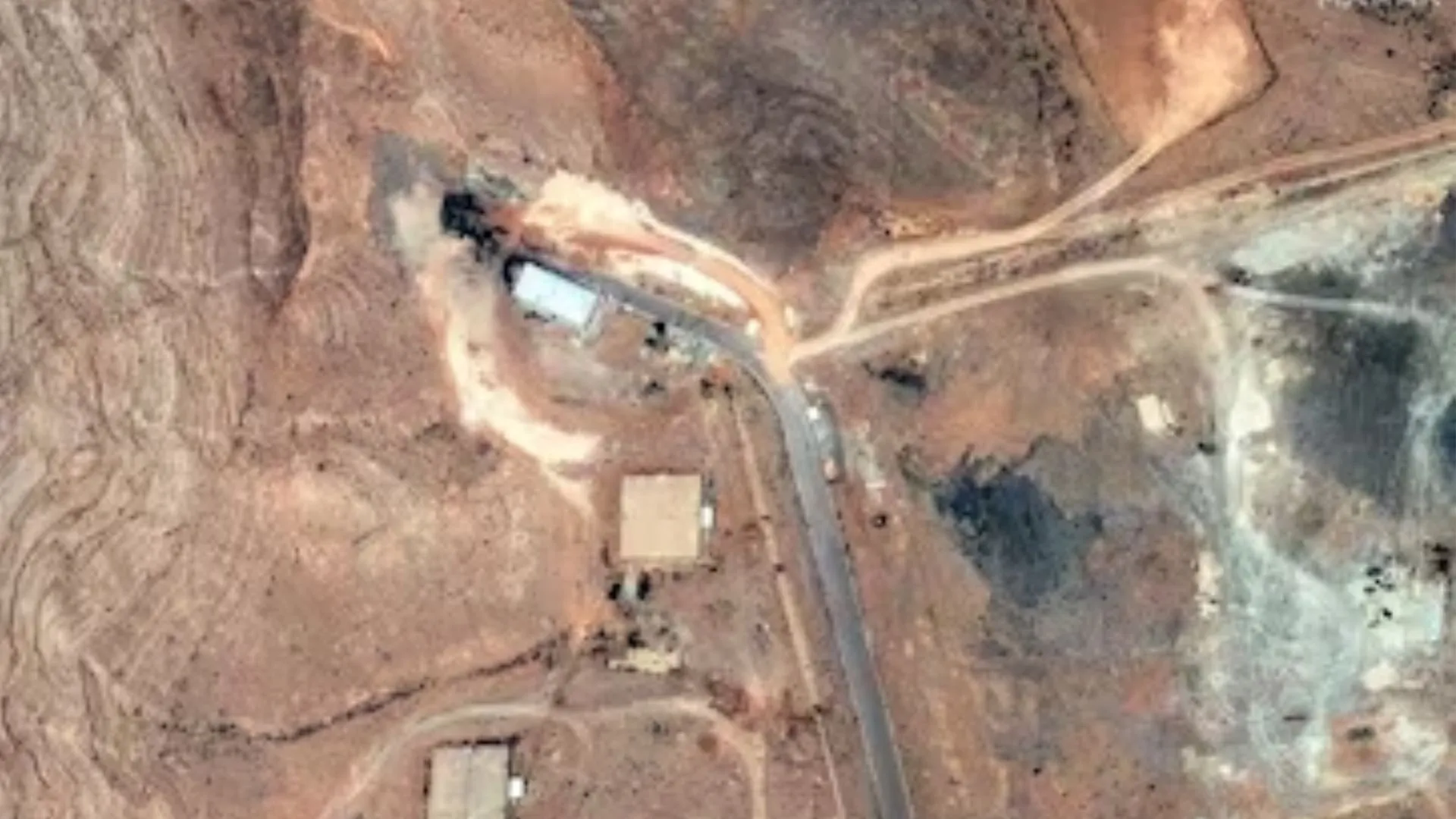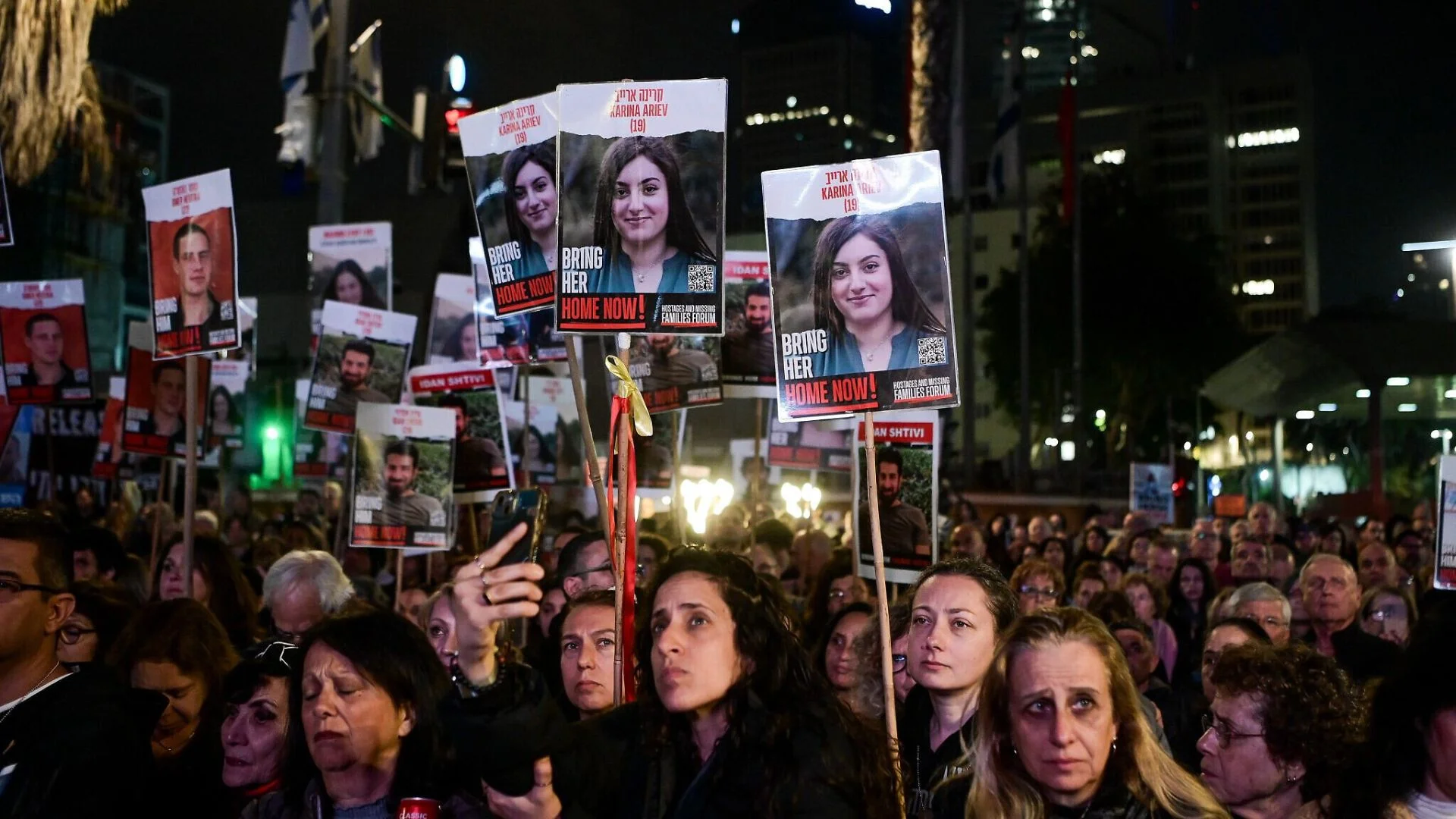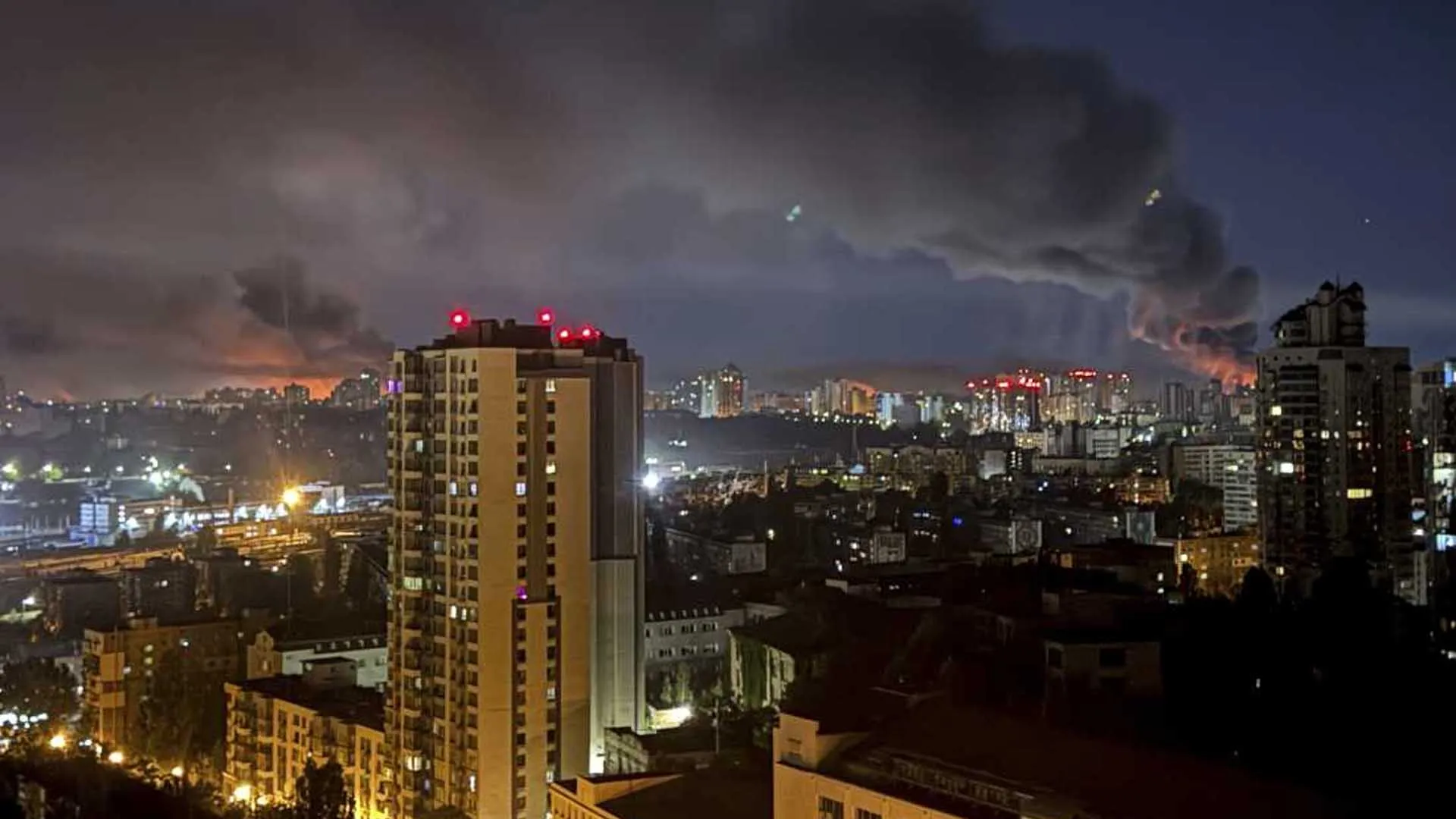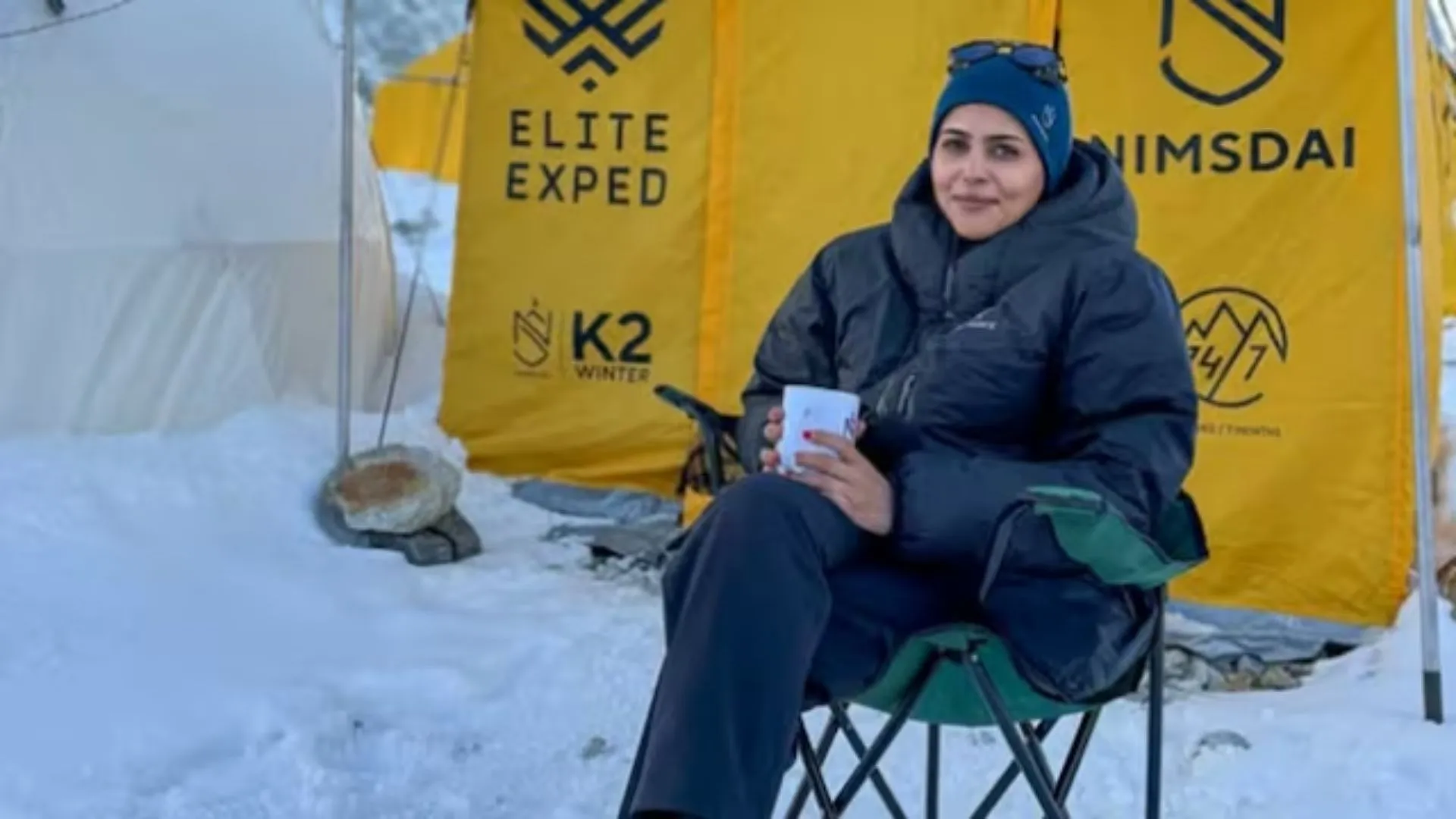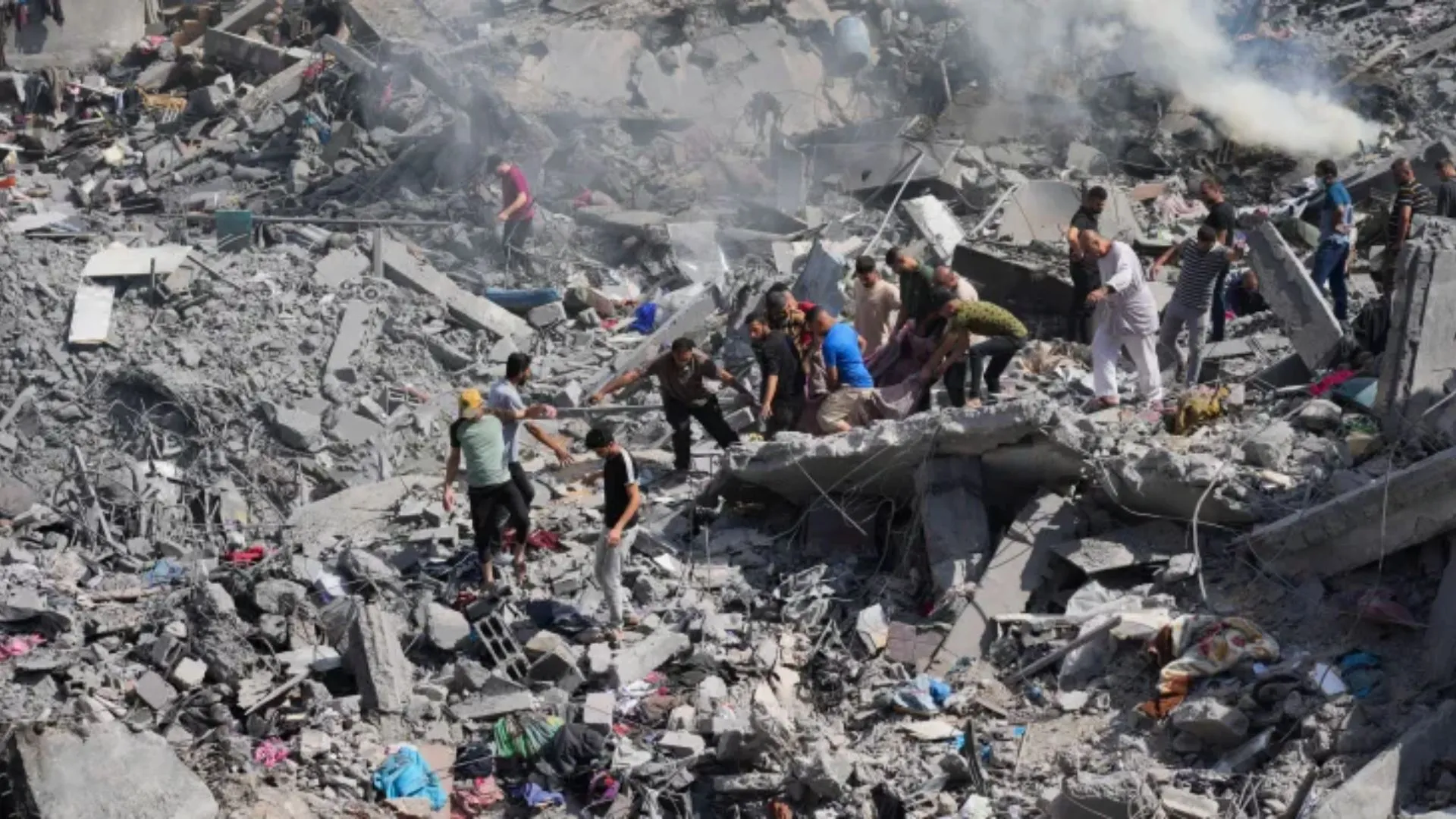The Pentagon has shared new information on how the United States carried out airstrikes on three major Iranian nuclear facilities. The report includes details about the personnel, the strategic planning, and how Iran tried to secure its facilities in the days before the operation.
“Most Secret and Complex” Mission
US Defence Secretary Pete Hegseth called the strikes “the most secret and most complex military operation in history.” Even so, he didn’t disclose specific details.
US Struck Three Key Sites
Over the weekend, the US military bombed Natanz, Fordow, and Isfahan—three critical sites in Iran’s nuclear programme. These locations are essential to Iran’s ability to enrich uranium and develop nuclear technology.
Trump Claims Total Destruction
President Donald Trump said that US forces had “obliterated” the nuclear facilities. However, media reports challenged that claim, saying the attacks may have only delayed Iran’s nuclear work by a few years.
Elite Team Led the 37-Hour Operation
General Dan Caine, Chairman of the Joint Chiefs of Staff, shared new information about the strike team. The mission lasted 37 hours and involved both male and female personnel ranked from captain to colonel.
Most of them were trained at the Air Force Weapons School in Nevada, one of the military’s most elite programs. “When the crews went to work on Friday, they kissed their loved ones goodbye, not knowing when or if they’d be home,”
Caine said. “Late on Saturday night, their families became aware of what was happening.” After the mission, the B-2 Stealth bombers returned to Missouri, where families welcomed them with flags and tears. “Tears were flowing,” Caine added.
Supercomputers Played a Key Role
Caine explained that designing the bombs required cutting-edge technology. Teams of experts worked so intensively that they became “the biggest users of supercomputer hours within the United States of America,” he said.
Iran Tried to Strengthen Fordow
Just before the attack, Iran tried to fortify the Fordow nuclear facility, which is buried deep inside a mountain. Engineers poured concrete into the ventilation shafts to block incoming bombs.
“I won’t share the specific dimensions of the concrete cap. But you should know that we know what the dimensions of those concrete caps were,” Caine said. “The planners had to account for this. They accounted for everything.”
Bombs Performed Without Failure
Despite Iran’s last-minute reinforcements, the US went ahead as planned. According to Caine, the 30,000-pound bunker-buster bombs hit their targets and worked perfectly on the first try. “They functioned ‘as designed’ in the first try,” he confirmed.
US Took Precautions for Retaliation
To prepare for any Iranian counterattack, the US military deployed 44 soldiers and two Patriot missile batteries to defend a nearby base.

